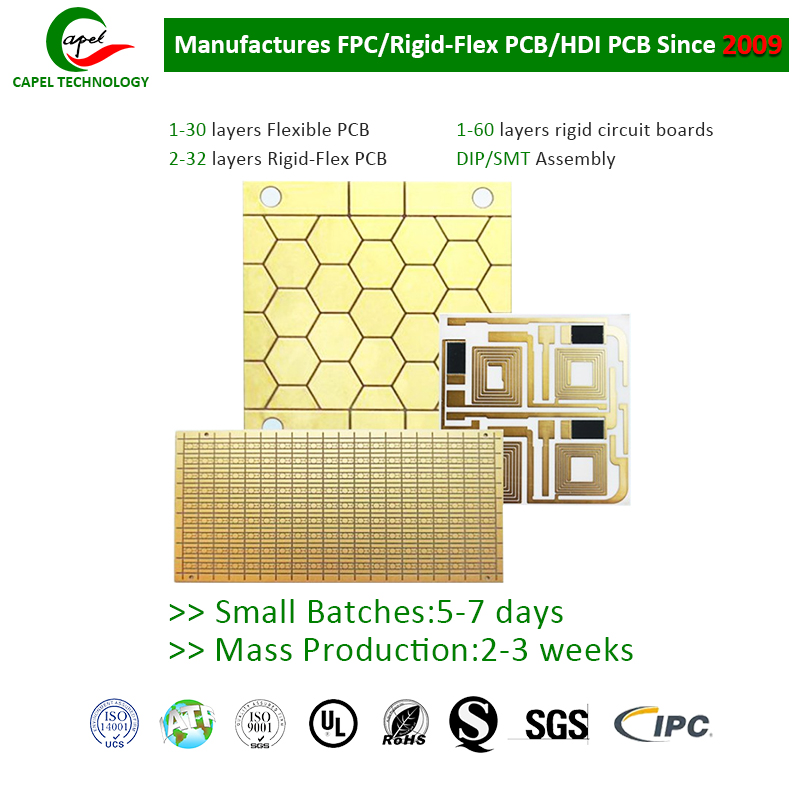In this blog we will look in detail at the advantages of using ceramics as circuit board substrate material.
Ceramics have become a popular circuit board substrate material in recent years, offering several significant advantages over traditional materials such as FR4 and other organic substrates. With their unique properties and characteristics, ceramics offer enhanced electrical performance, improved thermal management, superior reliability and higher levels of miniaturization.
1. Enhance electrical performance:
One of the main advantages of ceramic substrates is their excellent electrical properties. They offer lower electrical losses, superior signal integrity and improved impedance control compared to organic substrates. Ceramic’s low dielectric constant and high thermal conductivity enable higher frequencies and faster signal propagation. These properties make ceramics ideal for high-speed digital and RF applications where maintaining signal quality is critical.
2. Improve thermal management:
Another significant advantage of ceramic substrates is their excellent thermal properties. Ceramics have higher thermal conductivity than organic materials and can effectively dissipate the heat generated by electronic components. By efficiently dissipating heat, ceramic substrates help prevent overheating and promote optimal performance and reliability of circuit boards, especially in high-power applications. This property is particularly important for modern electronic devices that generate large amounts of heat due to the growing demand for high-performance computing.
3. Excellent reliability:
Ceramic substrates have higher reliability than traditional organic substrates. Their dimensional stability and resistance to warping or bending allow for better bonding of components, minimizing the risk of interconnect failure and ensuring long-term reliability. In addition, ceramics have excellent resistance to moisture, chemicals and other harsh environments, making them more suitable for applications exposed to extreme conditions. The resiliency and sturdiness of ceramic substrates help increase the overall lifespan and durability of the circuit board.
4. Miniaturization capability:
Ceramic substrates offer high strength and stability, enabling further miniaturization of electronic components and circuit designs. With their superior mechanical properties, ceramic substrates can support the fabrication of smaller, more precise components, allowing the creation of highly compact circuits. This miniaturization trend is critical in areas such as aerospace, medical devices and wearable technology where space is at a premium.
5. Compatibility with advanced packaging technologies:
The compatibility of ceramic substrates with advanced packaging technologies is another advantage worth mentioning. For example, co-fired ceramic substrates allow a variety of passive components such as resistors, capacitors, and inductors to be integrated with semiconductor devices. This integration eliminates the need for additional circuit board space and interconnects, further improving the overall efficiency and performance of the circuit. Additionally, ceramic substrates can be designed to accommodate flip-chip bonding or stacked chip configurations, enabling higher levels of integration in complex electronic systems.
In Summary
the advantages of using ceramics as circuit board substrate materials are huge. From enhanced electrical performance and improved thermal management to superior reliability and miniaturization capabilities, ceramics offer numerous advantages that traditional organic substrates cannot match. As the demand for high-speed and high-performance electronics continues to grow, ceramic substrates are expected to play an increasingly important role in modern circuit board designs. By exploiting the unique properties of ceramics, designers and manufacturers can open up new possibilities for developing innovative and efficient electronic devices.
Post time: Sep-25-2023
Back







